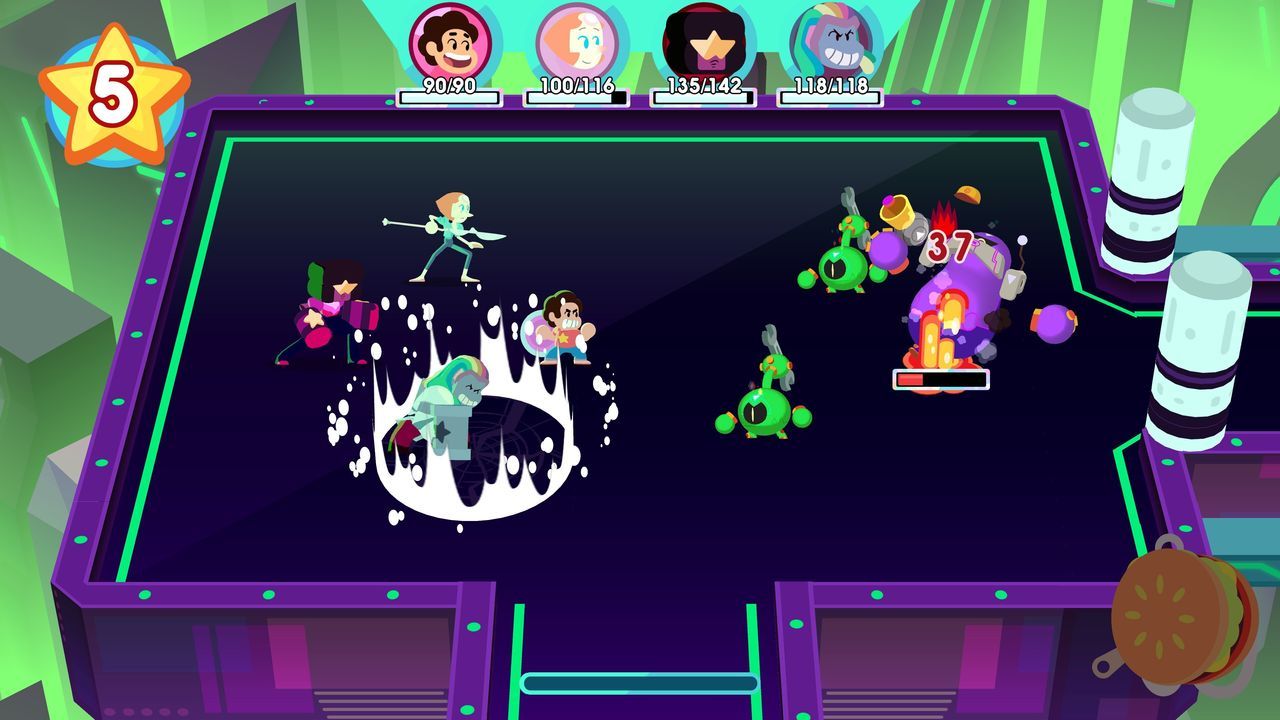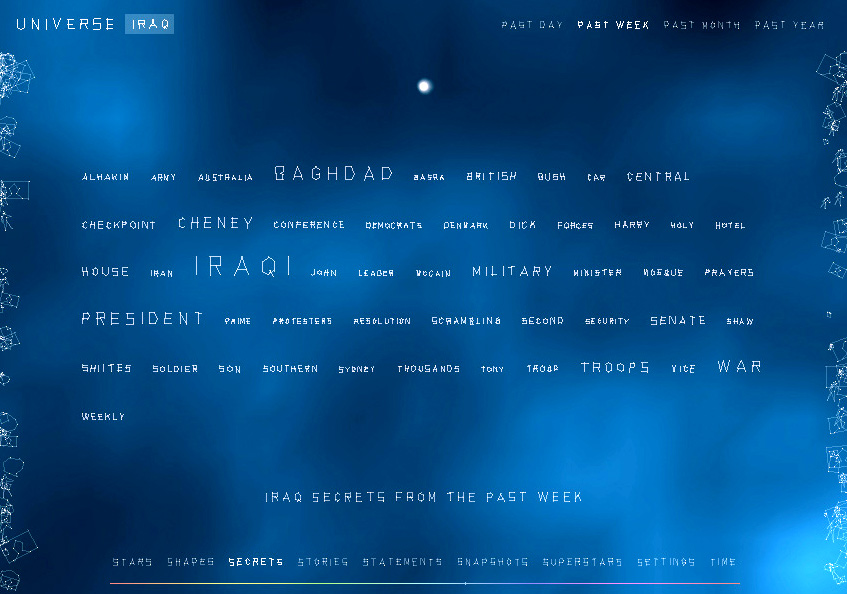

- UNIVERSE DAYLIFE FULL
- UNIVERSE DAYLIFE SOFTWARE
- UNIVERSE DAYLIFE LICENSE
- UNIVERSE DAYLIFE PLUS
- UNIVERSE DAYLIFE PROFESSIONAL
At the end, the two men plan to display their photos side by side in a project to be published on the Web, Harris said. The photographer will capture analog photos of the whales and Harris plans to set his digital camera to take a photo once every five minutes, all day, of the same spot.
UNIVERSE DAYLIFE PROFESSIONAL
Next up, Harris plans to travel in mid-April to the northwest corner of Alaska, where he and a professional photographer will document a whale hunt for 10 days.

They are also working on an art installation for display in a museum. Harris said he and his partner on are working on a book called the Encyclopedia of Human Emotions, which would reflect the best of the project. "I'm trying to illustrate that empathy in beautiful ways, and show how much shared common ground there is in the world." "The Internet gets a really bad rap for being this cold, inhumane place-a Web of machines-but there's a huge amount of human empathy hiding there," said Harris.
UNIVERSE DAYLIFE SOFTWARE
The software also parses the data into statistical blocks-like gender, age, location, weather and so on-so that viewers can see that people in sunny California feel happiest overall on this Tuesday in spring, for example.

"I feel these weirdos are actually an asset to college life," is one posting found on. Since May, has collected 20,000 feelings a day and more than 7.5 million blog entries.
UNIVERSE DAYLIFE FULL
It then captures the full sentiments of blog writers, sometimes along with photos, to reflect a collective and personal portrait of human emotion on the Web. Harris developed the software to scan more than 10 search engines-including Google, Live Journal and Technorati-every three minutes for the words "I feel like" in newly posted blog entries. It could be described as one part Web memoir and another part survey of societal statistics. In May, Harris launched a similar work called "We feel fine," an interactive Web site that seeks to capture and communicate the emotional temperature of people on the Web. Harris, 27, is seemingly addicted to Web art projects. Universe is built with open-source software called Processing, which is a simplified version of the programming language Java developed by two MIT engineers. Daylife also plans to make its API free to artists and noncommercial developers so that they can create projects similar to that of Universe. For now, Daylife is free of advertising, but Harris said the company will eventually display ads as a way to make money for the privately held company.

Universe, created by Harris as a pet project, runs on an application programming interface of Daylife data.
UNIVERSE DAYLIFE LICENSE
(Daylife doesn't license news from third-party publications it only excerpts headlines.) The topic might also include Gore in a gallery of photos, which Daylife licenses from Getty Images and the Associated Press.
UNIVERSE DAYLIFE PLUS
A search for "Al Gore" calls up all the stories involving the former vice president, plus the stories in which people referred to him, and the stories about his champion cause, global warming. The site's goal is to put news in a broader context by associating topics in news stories with other related articles.įor example, topics like Al Gore, the LA Lakers and Houston can serve as lenses to world news, showing all the tangentially related news. Financed by The New York Times and founder Craig Newmark among others, Daylife scans thousands of news headlines and blogs (much the way Google does for free) and then organizes them into networks of noteworthy topics linked to the most prevalent people, places and organizations mentioned in the articles. Practically speaking, Universe is a proof-of-concept for Daylife, an upstart Harris co-founded and that launched in February. This helps people see things that are defining our world." "People get so obsessed with celebrities and they have trouble seeing the bigger themes in the world. "The goal is to help people see the world as a mythic place," Harris said. For example, President Bush might be at the center of a constellation in the virtual galaxy this Tuesday, surrounded by stories and images of his recent visit to Guatemala, news of his wife Laura Bush, and of House speaker Nancy Pelosi's warning off sending more troops to Iraq. More importantly, it shows the relationship of these news items, or "stars" in the galaxy, to each other. With the tool, people can see a visual image of events, organizations, individuals or concepts that dominate the news on any given day, week or recent year. His interactive Web site, called Universe, launched Tuesday. Jonathan Harris wants to show people a picture of their universe through the news.Īn artist and storyteller, Harris has created a graphical depiction of the world from a conglomeration of daily new headlines on the Web.


 0 kommentar(er)
0 kommentar(er)
